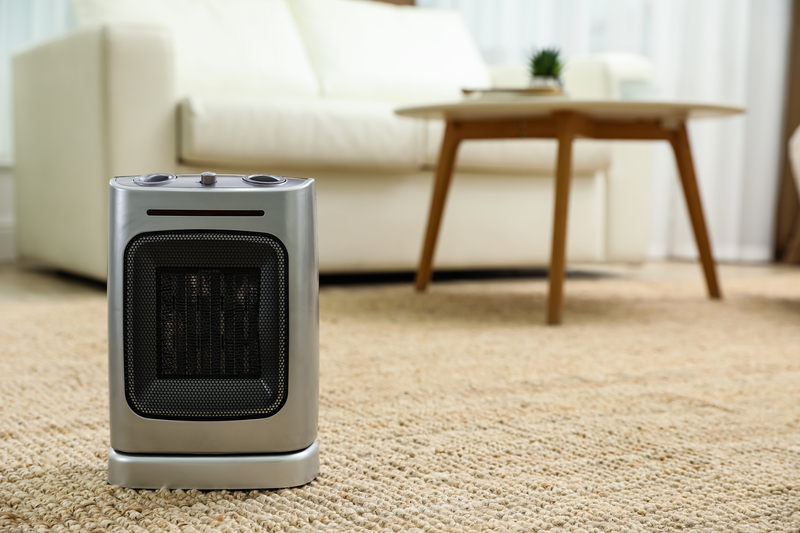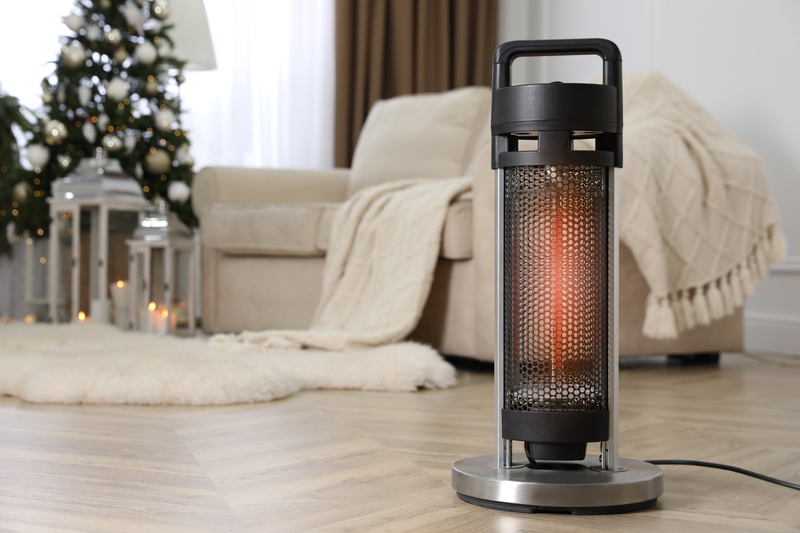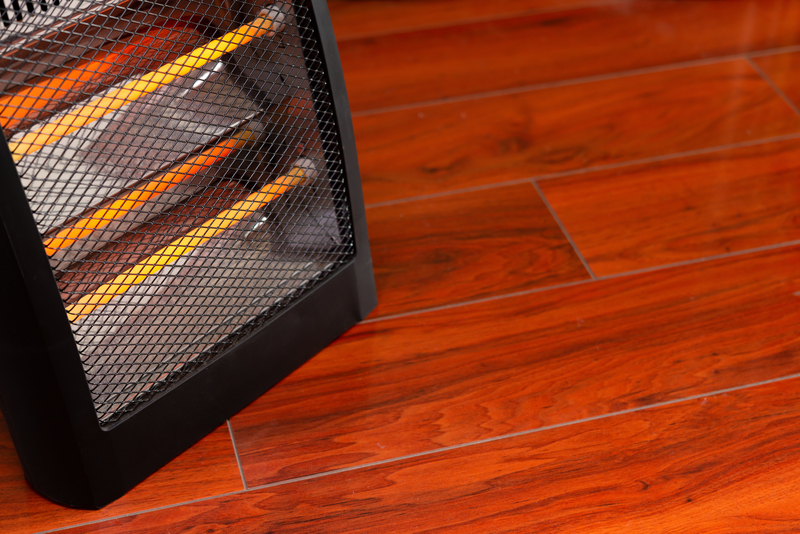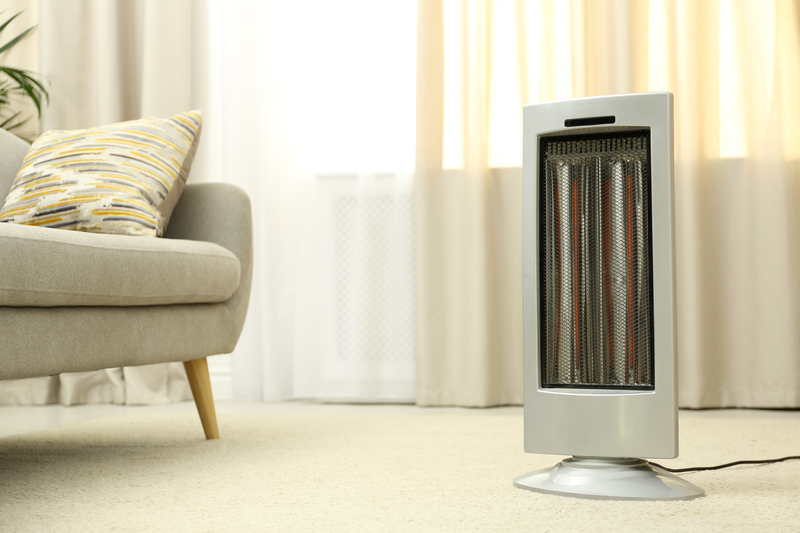This article is your complete guide to finding out how much does it cost to run a space heater. Many homeowners are turning to space heaters as a solution during cold winter months as opposed to their heating systems. But how much does running a space heater cost? The average use of a space heater for 8 hours a day can cost under $50 a month. However, the actual cost can vary significantly based on the heater’s size and usage frequency. This article will provide insights into whether space heaters consume a lot of electricity and the variables affecting their operational costs.
Here at The Energy Professor, we want to give you the information you need to not only save money on your energy bill but to also become more energy efficient. We hope you find this post helpful! And makes it easier for you to know more about how much it costs to run a space heater. Be sure to also check out our one-of-a-kind energy savings calculator!
The Energy Professor Electricity Rate Check Tool
How Much Does it Cost to Run a Space Heater?

A 1500-watt space heater typically costs about $0.25 per hour to run, assuming an energy rate of $0.13 per kWh and a usage period of 8 hours per day. However, the actual running cost of a space heater can vary based on several factors:
- $45 – $60 per month
On average, running a space heater for 8 hours daily can result in an electricity cost of around $45 to $60 per month. While space heaters are efficient for warming a single room, they are not the most cost-effective solution for heating larger spaces or an entire house. The cost to run an electric space heater can vary based on the heater’s wattage, local electricity rates, and usage patterns.
Related Post: How Much Electricity Does a Space Heater Use?
What Factors Impact Space Heater Cost?

Your monthly space heater cost is influenced by several key factors: the wattage of the heater, how many hours you run it, and your state’s electric rates. Higher space heater wattage, prolonged usage, larger room sizes, and higher temperature settings all contribute to increased operational costs. By being mindful of these factors, you can efficiently warm your space in a more cost-effective manner. This not only benefits your budget but also the environment! Utilizing space heaters can also help in reducing your carbon footprint by potentially lowering the amount of natural gas consumed annually.
What Affects the Cost to Run a Space Heater?
- Watts of a space heater
- Hours of usage
- Electricity rates
1. Space Heater Power in Watts
Most space heaters use an average of 1,500 watts of electricity. Most space heater wattage information will be found on the box. But you can also locate information on the bottom of the space heater! There you will be able to find how many watts the heater uses.
Use this formula to calculate how many watts are right for your room:
- Square footage of the room X 10 watts = watts needed to heat the room
It is important to note that the higher the wattage, the more the space heater cost will increase.
2. Hours of Usage
When using your space heater, refer to your energy rates. Most electric companies have a time that is cheaper to use space heaters. This is known as the peak and off-peak rate. Running your space heater during the off-peak hours will be less expensive. This is easy to do since the standard of peak hours is through the night!
3. Your State and Electric Rates by State
The U.S. Department of Energy provides each state with information based on the prices of electric power monthly. Each state will have different average rates for the price of electricity. You can find this information on your state website. For example, the the monthly average retail price of electricity in New York is 23.3 cents per Kilowatt-hour as of October 2022 while in Montana is 12.27 cents per Kilowatt-Hour.
You can find a comprehensive list of the price of electricity per state here.
Are Space Heaters Expensive to Run?

Based on the information above, no, space heaters are not that expensive to run. If you have approximately $40 more a month to spend to stay warm then this may be the solution for you. Heating and cooling on your electricity bill can cost you hundreds, especially in the winter. Using a space heater in rooms that you occupy most often, may help you save some money on your thermostat.
Our best tip to help you save money is to use a space heater and keep your house at a lower temperature since using a space heater is cheaper than heating the entire area of the house.
Related post: What is the Best Energy Saving Space Heater?
How Much Does it Cost to Run a Space Heater? FAQ

Q: What is the cheapest space heater to run?
Q: If you are looking for the cheapest to run space heater you may have to pay more out of pocket initially. The cheapest heaters to run are infrared and halogen heaters. Infrared heaters typically use the same wattage as electric heaters however, these space heaters warm up objects rather than space so you may be able to feel warmer more quickly near your infrared heater.
Q: Does a space heater use a lot of electricity
The cost of running a space heater will increase your monthly bill by $40-$50 depending on the wattage and average use of a space heater. If you choose to run your space heater for 8 hours per day, you will pay on average, $1.60 per day.
Q: Is it Better to Heat the Whole House or Use a Space Heater?
A: Our best tip to help you save money is to use a space heater. Space heaters will cost you on average $0.18 per hour to run. Keeping your house at a lower temperature and using a space heater is cheaper than heating the entire house.
Do you Need Cheaper Electricity?
If you’ve taken the time to understand the information on your bill and discovered you’re paying more than you’d like for your electricity, have you looked around for a cheaper deal? The Energy Professor has a wealth of information on ways to save on your utilities, including details of top deals that could significantly reduce your monthly or quarterly electricity bills.
We hope you found this article helpful! If you are looking for ways to increase energy efficiency and sustainability in your home be sure to take a look at all of the latest renewable energy options in your area. The Energy Professor helps residential and small business owners find qualified energy suppliers in New York, New Jersey, Pennsylvania, Texas, Ohio, Maryland, Illinois, and Massachusetts


